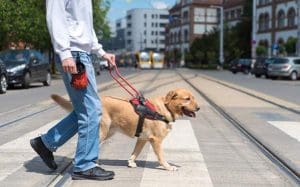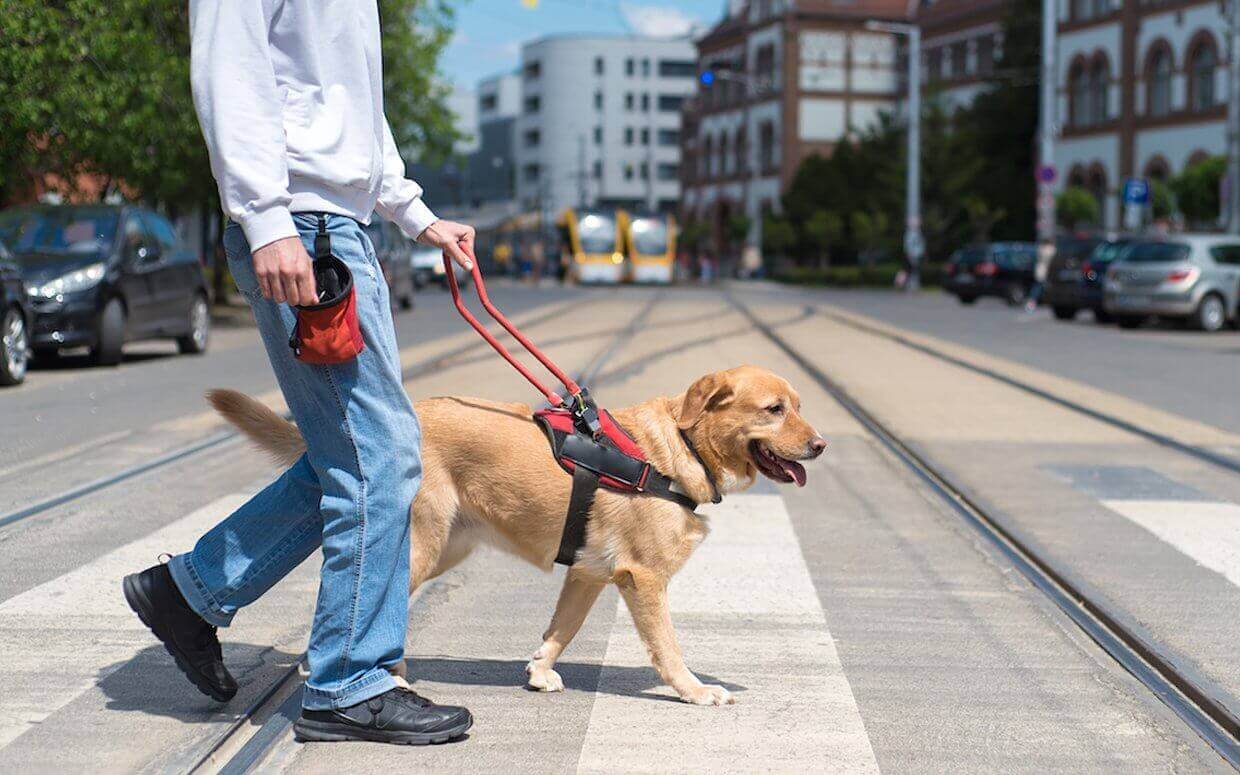
Understanding the Role of a Service Dog
Service dogs are specially trained to perform tasks that assist individuals with disabilities. These tasks can include guiding individuals with visual impairments, alerting individuals with hearing impairments to important sounds, providing physical support and stability, retrieving items, and even detecting and responding to medical emergencies. The ultimate goal is to enhance the quality of life and independence of the person with a disability.
Choosing the Right Candidate
Not every dog is suited to become a service dog. The ideal candidate is one who possesses a calm and friendly temperament, is sociable and has a strong desire to please. This is crucial because service dogs need to be comfortable and reliable in a variety of environments and around different people. Furthermore, the dog should be physically healthy and free from any conditions that could interfere with their ability to perform tasks.
Professional Training or Owner Training?
When it comes to training a service dog, there are two main paths: professional training through reputable organizations or owner training. Professional training programs often have a structured curriculum and expert trainers who can hone the dog’s skills. On the other hand, owner training requires a significant time commitment, patience, and a deep understanding of dog behavior and training techniques. Each approach has its own set of advantages and challenges, so it’s important to carefully consider which option aligns best with your circumstances and resources.
The Training Process
Service dog training typically involves three main phases: foundational obedience training, task-specific training, and public access training. Foundational obedience training focuses on teaching the dog basic commands such as sit, stay, come, and walking on a loose leash. Task-specific training involves teaching the dog the specific tasks they will need to perform to assist their handler. Finally, public access training is aimed at acclimating the dog to various public settings and ensuring they exhibit impeccable behavior and focus even in distracting environments.
Patience and Persistence
Training a service dog is a labor of love that requires an immense amount of patience, dedication, and consistency. It’s important to remember that every dog learns at their own pace, and some tasks may take longer to master than others. Celebrate small victories and remain patient during setbacks. Building a strong bond with the dog based on trust and positive reinforcement is key to successful training.
Legal Considerations and Responsibilities
Under the Americans with Disabilities Act (ADA), service dogs are afforded specific legal rights and protections. It’s important for both professional trainers and owner trainers to be well-versed in these laws to ensure that the dog and their handler can navigate public spaces without unnecessary barriers or discrimination. Additionally, training a service dog comes with the responsibility of ensuring the dog’s welfare and well-being, as well as their continued training and upkeep throughout their working life.
Training a service dog is a noble and impactful journey that requires dedication, patience, and a deep understanding of canine behavior and training techniques. Whether you choose professional training or opt for owner training, the end result is a life-changing partnership between a person with a disability and a highly skilled and compassionate companion. The impact of a well-trained service dog extends far beyond the individual handler, enriching the lives of those around them and fostering a more inclusive and supportive community.
[/fusion_text]

